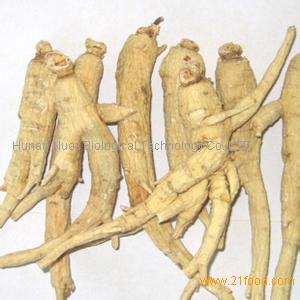
|

Ginseng root Extract

Ginsenosides
Molecular Formula: C 42 H 72 O 13

| Pesticides BHC,DDT,PCNB |
NMT10ppb |
| Particular Size |
NLT 95% pass 80 mesh |
| Loss on drying |
NMT 5.0% |
| Total Bacteria |
NMT 1000cfu/g |
| Mold and Yeast |
NMT 100cfu/g |
| Staphylococcus aureus |
Negative |
| E. Coliform |
Negative |
| Salmonella |
Negative |
| Packing |
25kg per drum, two plies vinyl packs inside |
| Storage |
Under cool and dry place |
| Origin |
China |
Product Description

Ginseng ’King of Herbs’ , is the application of the oldest and one of the highest clinical value of herbs in China and the world .
Modern research has shown ginseng has many functions. In the clinical context , Ginseng has a strong heart, improve memory, enhance immunity, anti-radiation, lower cholesterol and other effects ; in terms of beauty, Ginseng has generated reduce wrinkles, increase skin elasticity, remove stains, supple hair and prevent hair loss and so on.
ginsenosides extracted from ginseng root refined, yellowwhite powder, mainly containing eighteen kinds of ginseng saponin monomer, soluble in water, soluble in ethanol easily. In addition to anti-aging, antifatigue, enhance memory and other effects, but also with activation of skin cells and enhance skin elasticity and reduce wrinkles and so on.
Function and Application

Function
Application
Packaging & Delivery

Packaging: 25kg per drum, two plies vinyl packs inside
Delivery: 3-5 workingdays
Free sample!
Low pesticide residue!

Why us!!!
Welcome to Hunan Nuoz Biological Technology co.,LTD.


What's a standardised Ginseng Extract powder ?
In contrast with ordinary plant powders, standardised Plant Extracts contain specific quantities of active ingredients. In order to manufacture a supplement based on plants, it is not sufficient to simply grind down just any part of the plant.
How are standardised Ginseng extract powder obtained?
The quantities of active ingredients in plants can vary considerably, as a result of the variety of plant used, the part of the plant used (the highest concentrations of active ingredients are usually to be found in a specific part of the plant: root, leaf, stem, flower, fruit) and the environment (climate, season, soil) in which the plant is grown. That’s why the plants are first accurately identified and monitored before they are harvested. During the extraction of the plants, the active ingredients are dissolved. Thereafter, the solvent used (water or alcohol) is evaporated. As a final step, the concentrated extract is analytically controlled and the active ingredients are standardised.
Standardised Ginseng extracts have several important advantages in comparison with ordinary Ginseng extract powders:
* They guarantee the constant quality of the end product.
* They have a higher concentration of active ingredients as a result of the removal of the ballast substances.
* They can be kept for longer periods the ballast substances can’t ‘contaminate’ the active ingredients any more.
* They have a higher level of bio-availability: they are more easily absorbed by the body.
Hunan Nuoz biological technology co.,LTD.long-term focus on the research,production and sales of low residual pesticide plant extracts and provide high quality natural raw materials for the domestic and foreign manufacturers of natural drugs,health food,beverage and cosmetic.
The total company building area is more than 7000M2.The first processing workshop is 800M2;Extraction workshop is 2600M2;Detection analysis center and laboratory is 840M2;Office building is 1100M2 and the other building area is 16600M2.At present,Nuoz has established production lines of low residual pesticide plant extracts of ginseng root,ginseng cauline leaf,American ginseng,green tea,fruit of Chinese magnoliavine,echinacea etc..The pesticide residue contents are much lower than the pesticide residues standards which are regulated by WHO and the American FDA The products are all exported to America,Europe and other developed countries,and are got good reputation from the domestic and abroad customers by the good quality.
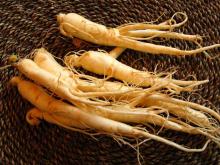
|

|
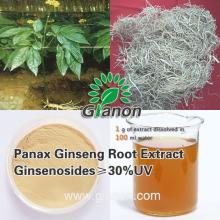
|
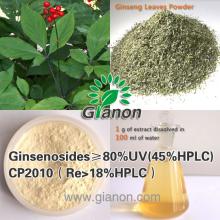
|
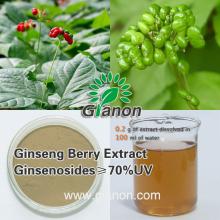
|
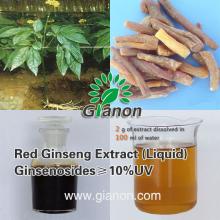
|
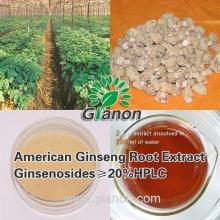
|
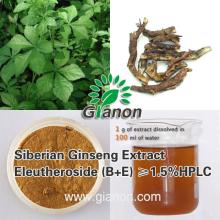
|
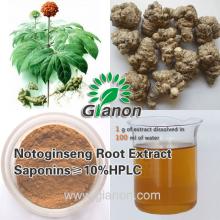
|

|

|

|